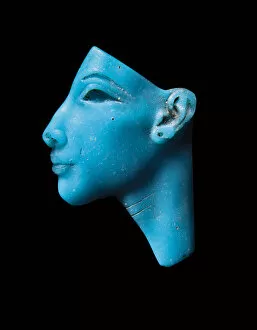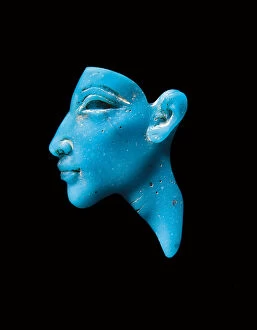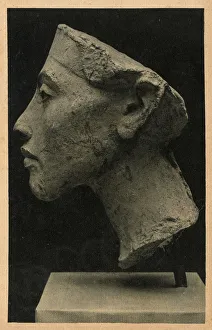Echnaton Collection
"Echnaton: Unveiling the Enigmatic Pharaoh of Ancient Egypt" Step back in time to the New Kingdom's Armana period, circa 1353-1336 B. C
All Professionally Made to Order for Quick Shipping
"Echnaton: Unveiling the Enigmatic Pharaoh of Ancient Egypt" Step back in time to the New Kingdom's Armana period, circa 1353-1336 B. C. , and discover the captivating world of Echnaton. This intriguing figure, also known as Akhenaten or Amenhotep IV, left an indelible mark on history with his radical religious reforms and distinctive artistic style. One can't help but be mesmerized by the exquisite Inlay of Akhenaten or Nefertiti. Crafted from glass during this transformative era, it showcases the beauty and elegance that defined their reign. The statue of Akhenaten stands tall as a testament to his power and influence. From its imposing presence to intricate details, it offers a glimpse into the life of this enigmatic ruler. Another remarkable sculpture is that of King Ikhenaton from the illustrious 18th Dynasty. Its regal aura transports us back to a time when pharaohs ruled with divine authority. Behold the colossal head of Akhenaten. Carved during the Nouvel Empire period, it captures his unique features and serves as a reminder of his controversial legacy. Delve deeper into Akhenaten's story through artifacts like Canopic jars discovered in KV 55 tomb at West Thebes' Valley of Kings. These vessels held great significance in ancient Egyptian burial rituals, offering insights into their beliefs surrounding death and afterlife. A figure depicting Pharaoh Akhenaten holding an offering table further reveals his devotion to religious practices. The intricately carved sandstone piece speaks volumes about his role as both ruler and spiritual leader. Finally, we come face-to-face with one of history's most astonishing treasures - Sarcophagus of Akhenaten. Made from gilded wood and stone, this masterpiece represents not only opulence but also eternity for this revered pharaoh. Echnaton remains shrouded in mystery, yet his impact on ancient Egypt is undeniable.























